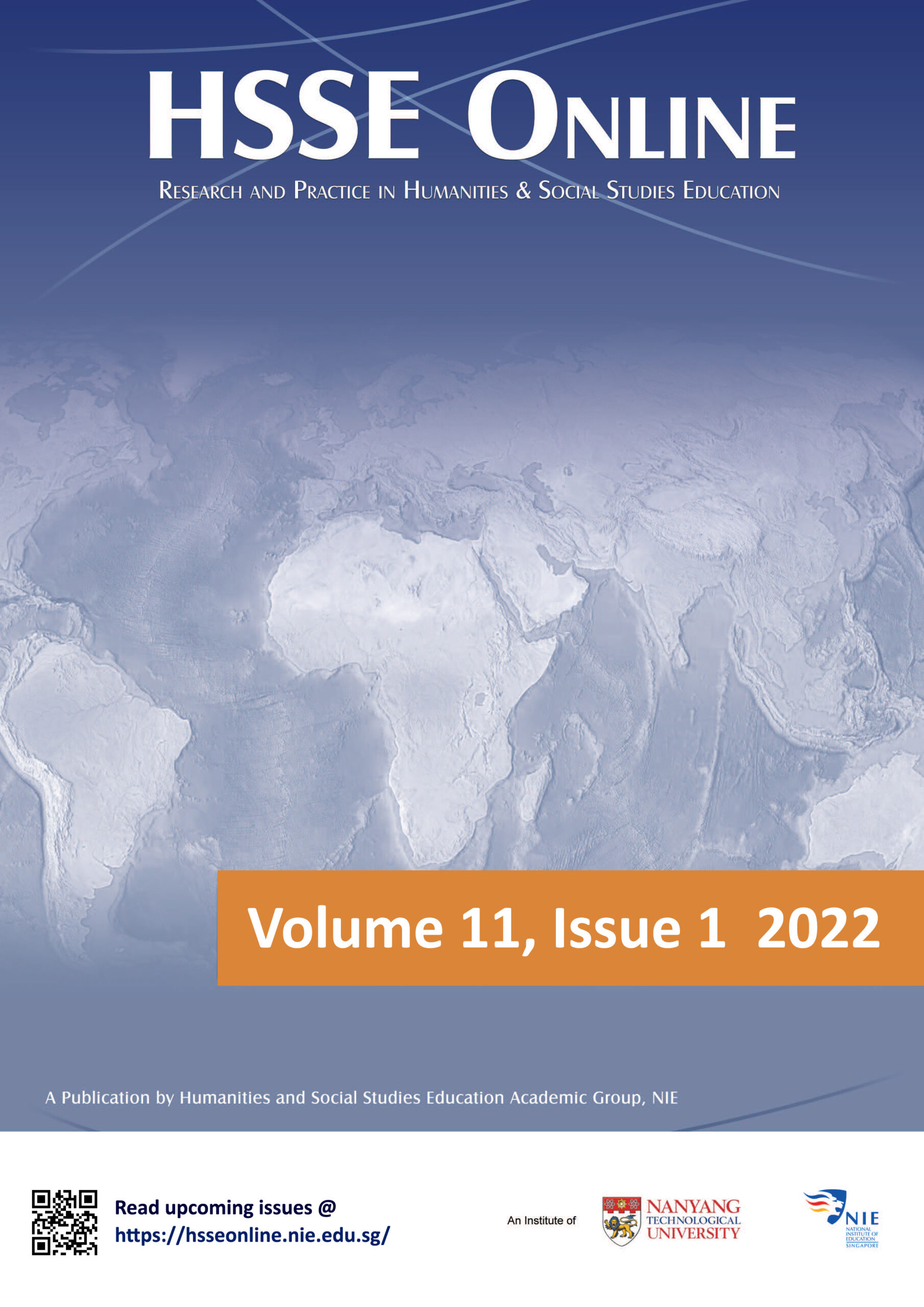Edward Tan Yu Fan (Ministry of Education (Singapore)
Keywords
History
Approaches to teaching history
The comparison of sources forms a cornerstone of the historical discipline; however, there remains room for exploration in terms of what are the various moves that goes into the operations of comparing between sources. This article examines the role of comparisons, and corroborations, in academic History, and gleams from it meaningful considerations and processes that can potentially inform classroom practices.
Related Teaching Materials
| Attachment | Size |
|---|---|
| 143 KB | |
| 221 KB | |
| 234 KB |

